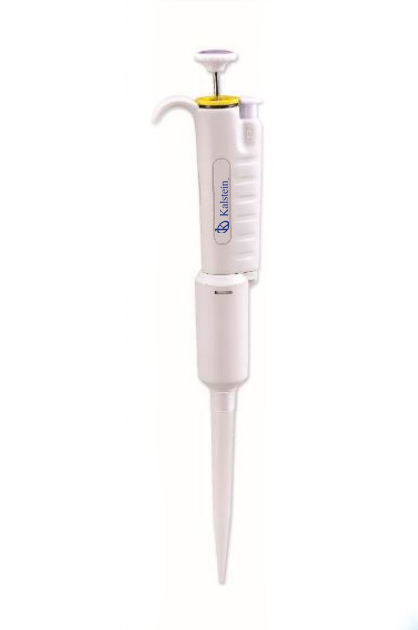Before efficiently using a pipette, it’s essential to understand what it is and what it’s used for. The pipette is a laboratory tool used to transport a measured amount of liquid. One of the recent advancements in laboratory research includes the creation of electronic pipettes that allow for more accurate and less laborious liquid transfers.
In using a pipette, it’s vital to have a clear understanding of the terminology. The “pipette,” “pipette tip,” and “plunger” are three key components to familiarize yourself with. The pipette tip is where the liquid is held through surface tension, and the plunger controls the amount of liquid drawn in or expelled.
We understand that you need equipment that delivers maximum value to your laboratory. We invite you to visit https://kalstein.it/category-product/laboratory-line/pipettes/ to immerse yourself in our universe of cutting-edge technology equipment. Our prices are competitive and accessible, we combine the convenience of online shopping with the guarantee of an exceptional product. Because you deserve the best, we create and offer top-tier laboratory equipment. Make your choice today, where science comes to life. https://kalstein.it/
Executing the Correct Pipetting Technique: Step by Step
A correct pipetting technique is essential to ensure precise results in any experiment. First, make sure that the pipette tip is securely attached and avoid touching the part where the liquid will be deposited. Next, immerse the pipette into the liquid to be pipetted at an appropriate depth.
Slowly draw the liquid into the pipette, careful not to aspirate too quickly to avoid forming air bubbles. Make sure not to expel the liquid from the pipette too quickly to prevent splashing. Remember to maintain a consistent aspiration and expulsion speed for the best results.
Maintaining your Pipette: Towards Cohesive Results
Proper maintenance of your pipette is vital to ensure optimal performance and durability. Make sure to change pipette tips regularly as they can wear out over time and affect the precision of the volume measured.
Additionally, clean your pipettes regularly to avoid accumulation of residues that may interfere with their ability to measure accurately. Use appropriate cleaning solutions to prevent damaging the pipette. Also, store your pipette under optimal conditions to avoid damage, like on a shelf designated for them.
Preventing Common Pipetting Errors
It’s easy to make mistakes when using pipettes, especially if you’re rushed or not focused. Common pipetting mistakes include not changing the pipette tip regularly, not immersing the pipette to the correct depth, and not maintaining a consistent aspiration and expulsion speed.
You can prevent these errors by ensuring you regularly change the pipette tip, immerse the pipette at the proper depth, and maintain a consistent aspiration and expulsion speed. Paying attention to the liquid level in the pipette can also be helpful to ensure no air bubbles are present, as these can affect pipetting accuracy.
Latest Trends in Medical Technology: Advancing with Pipettes
Pipettes have seen many improvements and advancements in recent years thanks to the latest trends in medical technology. For instance, there are now electronic pipettes that can measure liquid volumes even more accurately than traditional manual pipettes.
While electronic pipettes tend to be costlier, they are more time-efficient and accurate. They are also more ergonomic and can reduce the risk of repetitive strain injuries that can come from prolonged use of manual pipettes.
Practicing Professionally for the Best Results
Practice makes perfect, and this is true when it comes to using pipettes. The key to achieving the best results when using pipettes is to practice the pipetting technique repeatedly until it becomes comfortable and second nature.
Aside from regular practice, it’s important to always seek ways to improve and stay updated on recent advancements in laboratory research and the latest trends in medical technology. Staying informed and updated can help you discover new methods or tools that can enhance your pipetting technique and accuracy.

